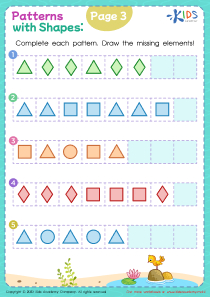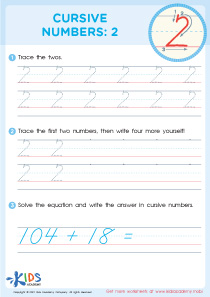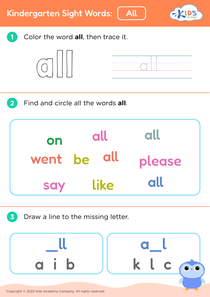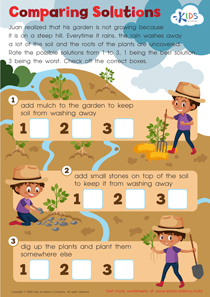Understanding tally marks Worksheets for Ages 5-6
5 filtered results
-
From - To
Introduce your child to the basics of counting with our "Understanding Tally Marks Worksheets for Ages 5-6." Perfect for early learners, these engaging printables make it fun to grasp the concept of tally marks. Kids will practice counting in groups of five, enhancing their number sense and visual skills. Each worksheet features easy-to-follow activities designed to build a strong foundation in early math. By working through these exercises, children boost their confidence and excel in essential counting skills, setting the stage for future academic success. Download now and watch your little one's counting abilities soar!


Bugs Tally Worksheet
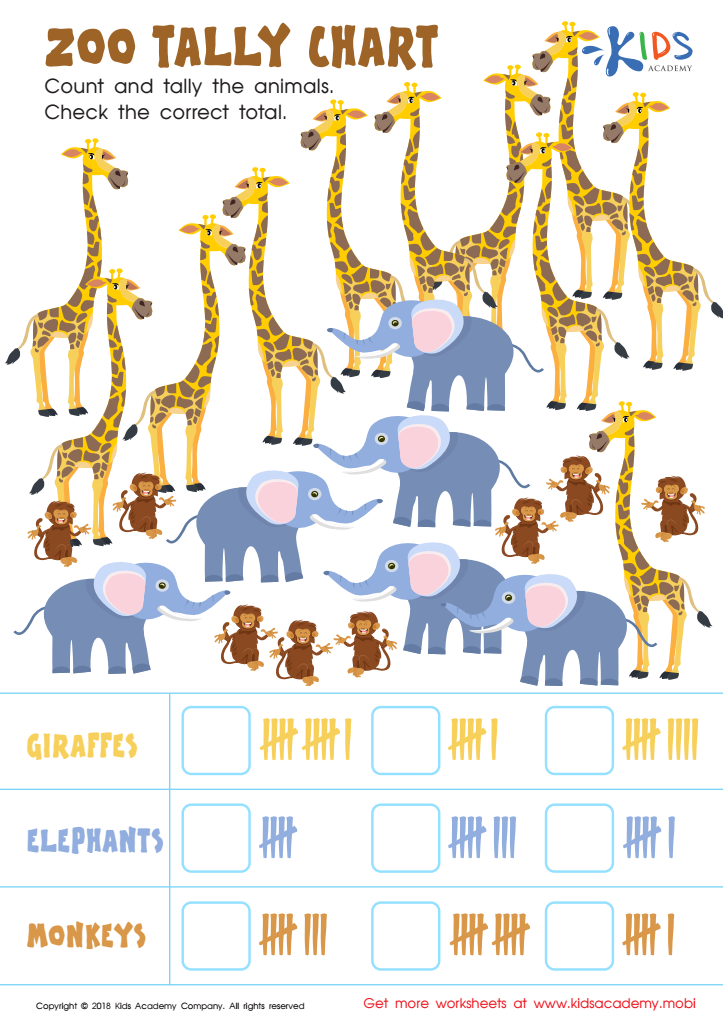

Zoo Tally Chart Worksheet
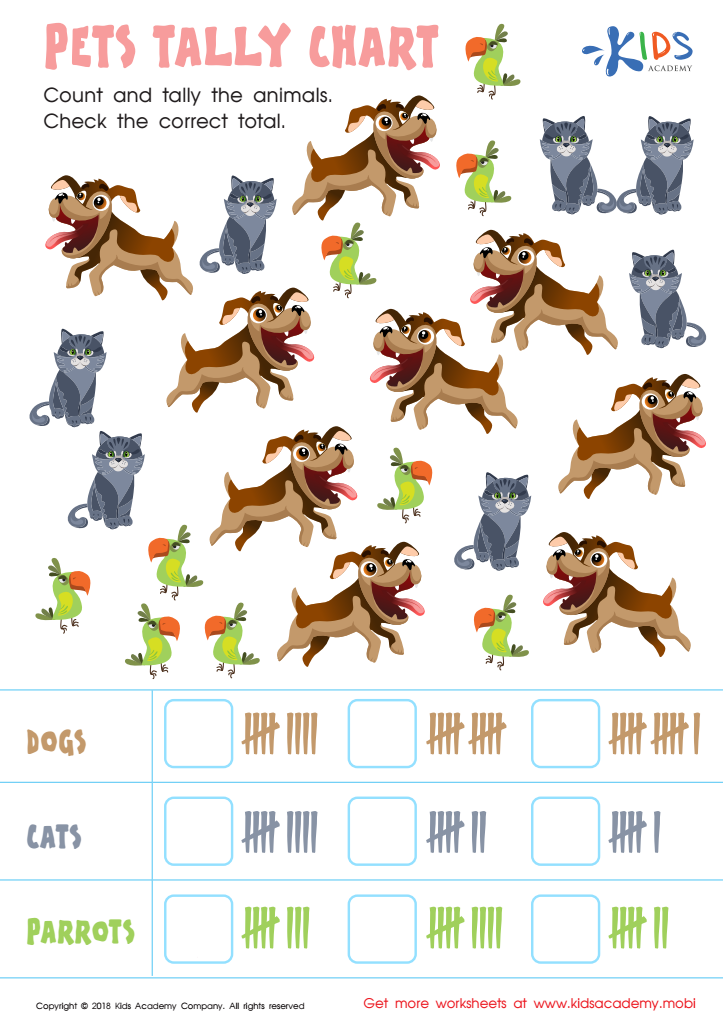

Pets Tally Chart Worksheet
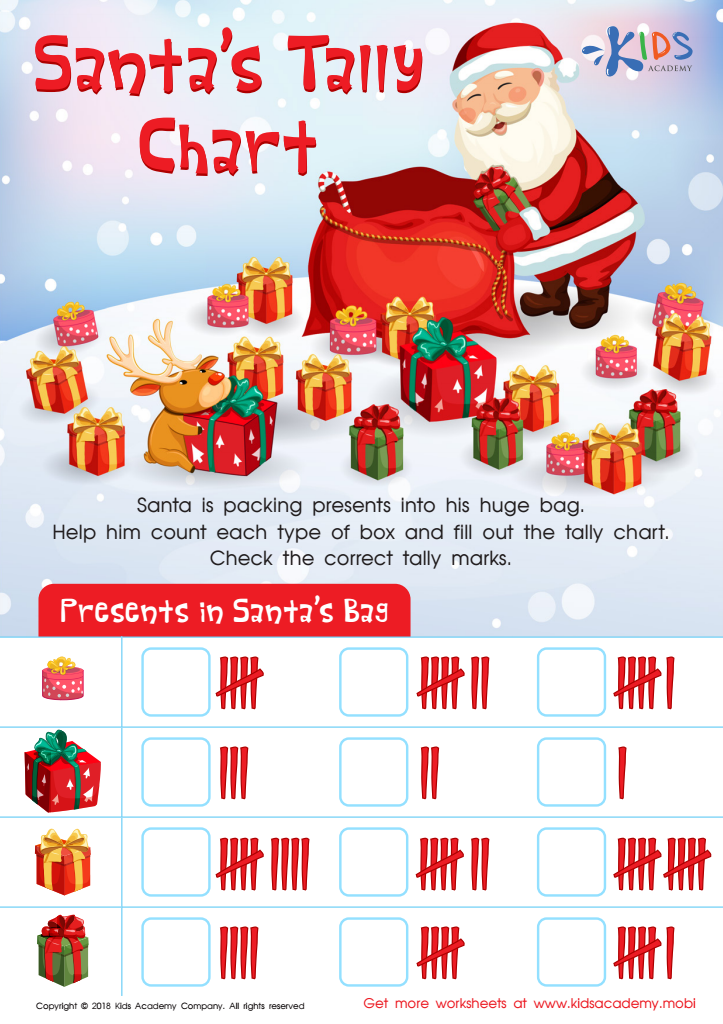

Santa Tally Chart Worksheet
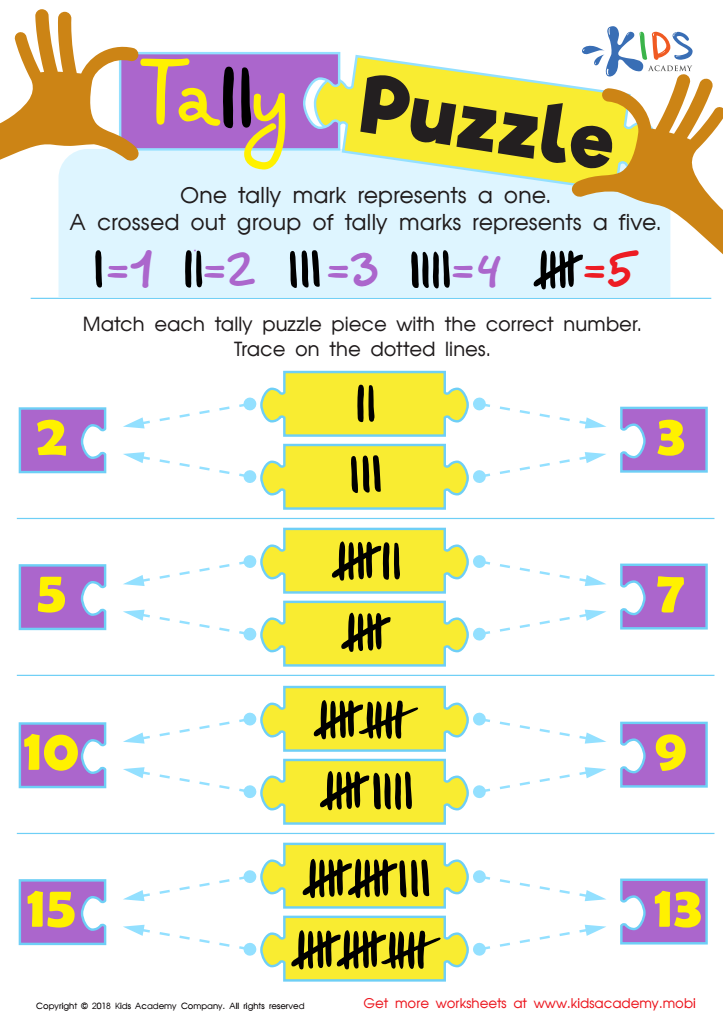

Tally Puzzle Worksheet
Understanding tally marks is an important skill for young children, particularly those aged 5-6, as it lays the groundwork for basic mathematics and enhances several key developmental areas. Tally marks simplify the concept of counting and grouping numbers, making it easier for children to visualize and record quantities. This basic form of data management can enhance a child's numeracy skills and ensure they understand numbers beyond simple rote counting.
For parents and teachers, emphasizing tally marks aids in the development of fine motor skills since it requires precise hand-eye coordination to draw these lines consistently. It's also a useful tool for improving cognitive abilities, particularly in pattern recognition and basic problem-solving. Tally marks offer a hands-on method for children to engage with numbers, making abstract concepts more concrete and understandable.
Socially, learning tally marks can promote collaborative activities in both home and classroom settings. This interaction fosters cooperative learning, teamwork, and communication skills. These marks also introduce children to the idea of ‘skip counting’ by fives, a fundamental counting strategy that will be beneficial as they advance to more complex mathematical operations. Thus, parents and teachers should prioritize this basic, yet invaluable skill to establish a strong foundation in early numeracy development.
 Assign to My Students
Assign to My Students

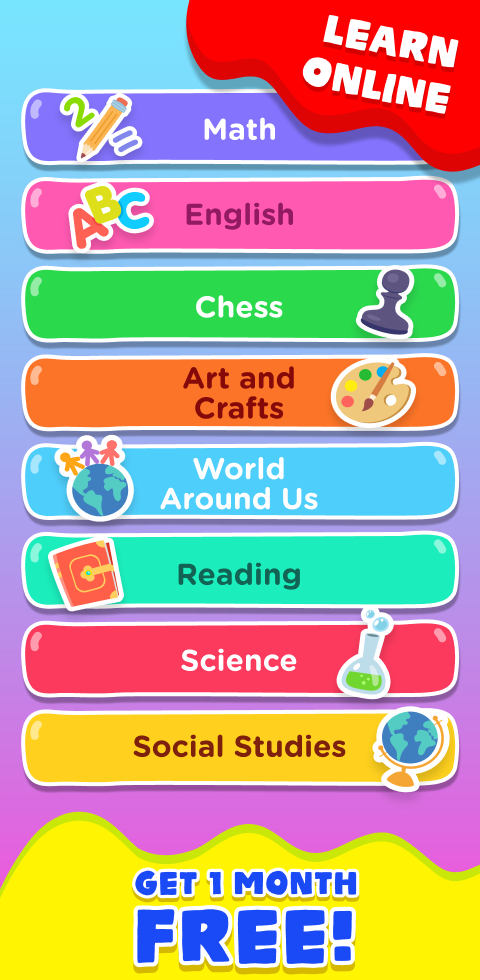




%20(1).jpg)


